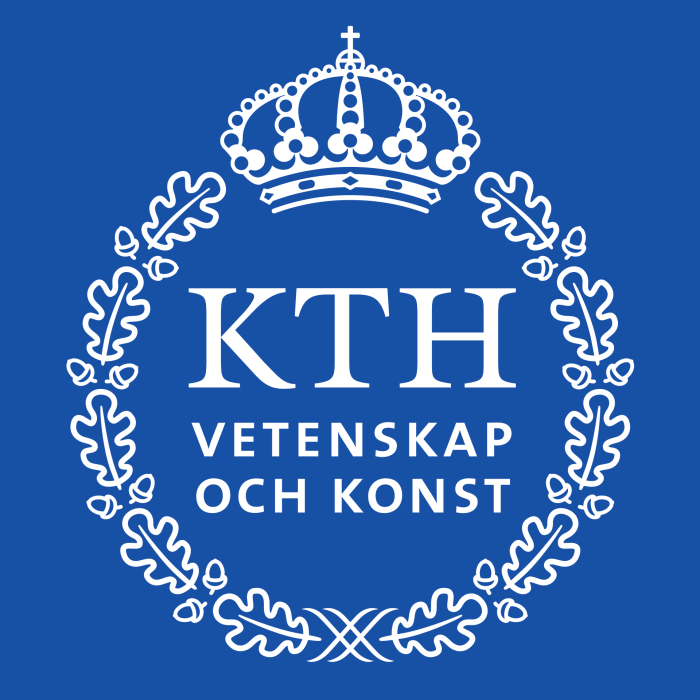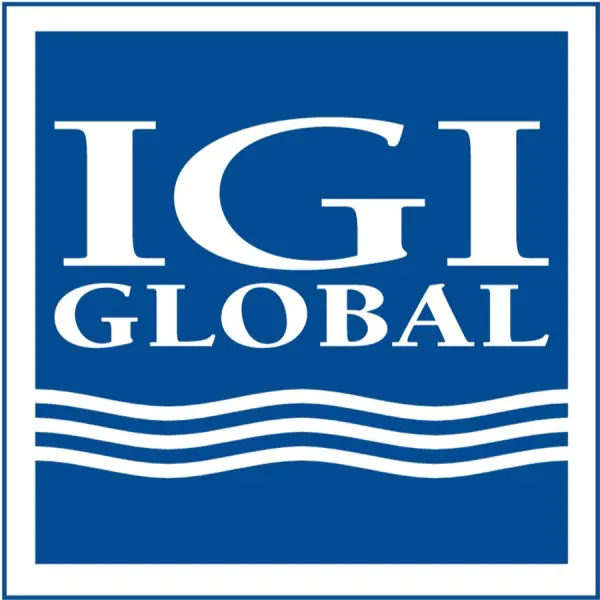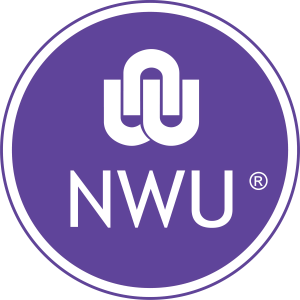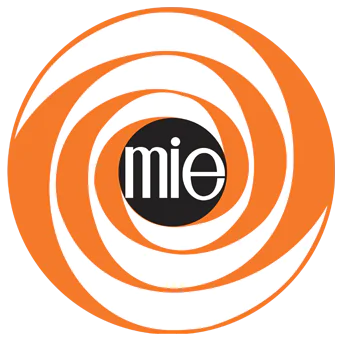Contemporary Issues in Technology Education
Are you a researcher?
Create a profile to get free access to personal recommendations for colleagues and new articles.
Years of issue
2024
journal names
Contemporary Issues in Technology Education
Top-3 citing journals

International Journal of Technology and Design Education
(47 citations)

Contemporary Issues in Technology Education
(15 citations)
Top-3 organizations

Curtin University
(13 publications)

University of South Africa
(13 publications)

Linköping University
(11 publications)

University of South Africa
(9 publications)

Linköping University
(8 publications)

KTH Royal Institute of Technology
(7 publications)
Top-3 countries
Top-1 researchers by articles count
Most cited in 5 years
Found
Nothing found, try to update filter.
Found
Nothing found, try to update filter.
Top-100
Citing journals
Citing publishers
|
10
20
30
40
50
60
70
80
90
100
|
|
|
Springer Nature
97 citations, 48.5%
|
|
|
IGI Global
26 citations, 13%
|
|
|
Taylor & Francis
20 citations, 10%
|
|
|
Association for Computing Machinery (ACM)
7 citations, 3.5%
|
|
|
Wiley
6 citations, 3%
|
|
|
Frontiers Media S.A.
6 citations, 3%
|
|
|
Institute of Electrical and Electronics Engineers (IEEE)
5 citations, 2.5%
|
|
|
SAGE
4 citations, 2%
|
|
|
Elsevier
3 citations, 1.5%
|
|
|
MDPI
3 citations, 1.5%
|
|
|
Emerald
2 citations, 1%
|
|
|
Florida Gulf Coast University
2 citations, 1%
|
|
|
Intellect
2 citations, 1%
|
|
|
American Institute of Mathematical Sciences (AIMS)
1 citation, 0.5%
|
|
|
Hindawi Limited
1 citation, 0.5%
|
|
|
National Academy of Sciences of Ukraine (Co. LTD Ukrinformnauka) (Publications)
1 citation, 0.5%
|
|
|
American Society of Civil Engineers (ASCE)
1 citation, 0.5%
|
|
|
Sagamedia Teknologi Nusantara
1 citation, 0.5%
|
|
|
10
20
30
40
50
60
70
80
90
100
|
Publishing organizations
Publishing organizations in 5 years
Publishing countries
|
5
10
15
20
25
30
35
40
|
|
|
United Kingdom
|
United Kingdom, 36, 19.89%
United Kingdom
36 publications, 19.89%
|
|
Australia
|
Australia, 30, 16.57%
Australia
30 publications, 16.57%
|
|
USA
|
USA, 21, 11.6%
USA
21 publications, 11.6%
|
|
Sweden
|
Sweden, 19, 10.5%
Sweden
19 publications, 10.5%
|
|
Ireland
|
Ireland, 17, 9.39%
Ireland
17 publications, 9.39%
|
|
South Africa
|
South Africa, 16, 8.84%
South Africa
16 publications, 8.84%
|
|
New Zealand
|
New Zealand, 12, 6.63%
New Zealand
12 publications, 6.63%
|
|
Netherlands
|
Netherlands, 8, 4.42%
Netherlands
8 publications, 4.42%
|
|
India
|
India, 5, 2.76%
India
5 publications, 2.76%
|
|
Canada
|
Canada, 5, 2.76%
Canada
5 publications, 2.76%
|
|
Botswana
|
Botswana, 4, 2.21%
Botswana
4 publications, 2.21%
|
|
Israel
|
Israel, 4, 2.21%
Israel
4 publications, 2.21%
|
|
China
|
China, 3, 1.66%
China
3 publications, 1.66%
|
|
France
|
France, 2, 1.1%
France
2 publications, 1.1%
|
|
Zimbabwe
|
Zimbabwe, 2, 1.1%
Zimbabwe
2 publications, 1.1%
|
|
Malta
|
Malta, 2, 1.1%
Malta
2 publications, 1.1%
|
|
Republic of Korea
|
Republic of Korea, 2, 1.1%
Republic of Korea
2 publications, 1.1%
|
|
Finland
|
Finland, 2, 1.1%
Finland
2 publications, 1.1%
|
|
Estonia
|
Estonia, 1, 0.55%
Estonia
1 publication, 0.55%
|
|
Belgium
|
Belgium, 1, 0.55%
Belgium
1 publication, 0.55%
|
|
Indonesia
|
Indonesia, 1, 0.55%
Indonesia
1 publication, 0.55%
|
|
Kenya
|
Kenya, 1, 0.55%
Kenya
1 publication, 0.55%
|
|
Lesotho
|
Lesotho, 1, 0.55%
Lesotho
1 publication, 0.55%
|
|
Mauritius
|
Mauritius, 1, 0.55%
Mauritius
1 publication, 0.55%
|
|
Nigeria
|
Nigeria, 1, 0.55%
Nigeria
1 publication, 0.55%
|
|
Saudi Arabia
|
Saudi Arabia, 1, 0.55%
Saudi Arabia
1 publication, 0.55%
|
|
Thailand
|
Thailand, 1, 0.55%
Thailand
1 publication, 0.55%
|
|
5
10
15
20
25
30
35
40
|
Publishing countries in 5 years
|
2
4
6
8
10
12
14
16
18
|
|
|
USA
|
USA, 17, 12.69%
USA
17 publications, 12.69%
|
|
Sweden
|
Sweden, 14, 10.45%
Sweden
14 publications, 10.45%
|
|
South Africa
|
South Africa, 11, 8.21%
South Africa
11 publications, 8.21%
|
|
Australia
|
Australia, 8, 5.97%
Australia
8 publications, 5.97%
|
|
New Zealand
|
New Zealand, 7, 5.22%
New Zealand
7 publications, 5.22%
|
|
Netherlands
|
Netherlands, 6, 4.48%
Netherlands
6 publications, 4.48%
|
|
United Kingdom
|
United Kingdom, 5, 3.73%
United Kingdom
5 publications, 3.73%
|
|
Ireland
|
Ireland, 4, 2.99%
Ireland
4 publications, 2.99%
|
|
China
|
China, 3, 2.24%
China
3 publications, 2.24%
|
|
Botswana
|
Botswana, 3, 2.24%
Botswana
3 publications, 2.24%
|
|
Israel
|
Israel, 3, 2.24%
Israel
3 publications, 2.24%
|
|
India
|
India, 3, 2.24%
India
3 publications, 2.24%
|
|
Zimbabwe
|
Zimbabwe, 2, 1.49%
Zimbabwe
2 publications, 1.49%
|
|
France
|
France, 1, 0.75%
France
1 publication, 0.75%
|
|
Estonia
|
Estonia, 1, 0.75%
Estonia
1 publication, 0.75%
|
|
Indonesia
|
Indonesia, 1, 0.75%
Indonesia
1 publication, 0.75%
|
|
Canada
|
Canada, 1, 0.75%
Canada
1 publication, 0.75%
|
|
Kenya
|
Kenya, 1, 0.75%
Kenya
1 publication, 0.75%
|
|
Lesotho
|
Lesotho, 1, 0.75%
Lesotho
1 publication, 0.75%
|
|
Mauritius
|
Mauritius, 1, 0.75%
Mauritius
1 publication, 0.75%
|
|
Nigeria
|
Nigeria, 1, 0.75%
Nigeria
1 publication, 0.75%
|
|
Republic of Korea
|
Republic of Korea, 1, 0.75%
Republic of Korea
1 publication, 0.75%
|
|
Thailand
|
Thailand, 1, 0.75%
Thailand
1 publication, 0.75%
|
|
Finland
|
Finland, 1, 0.75%
Finland
1 publication, 0.75%
|
|
2
4
6
8
10
12
14
16
18
|

























































































